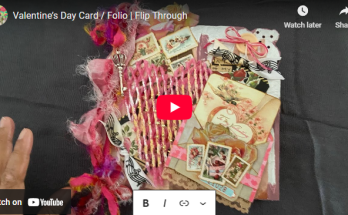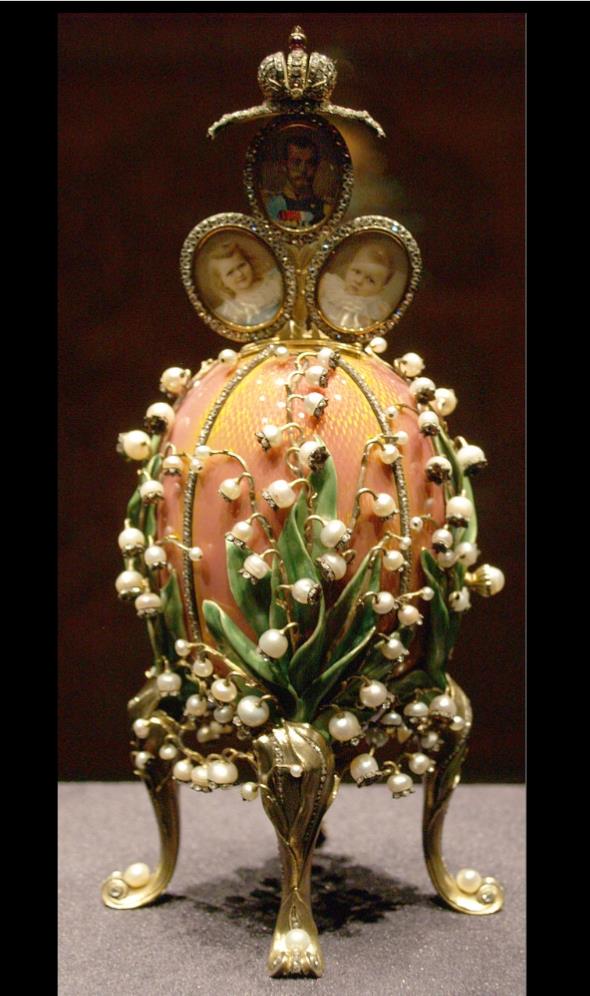
ArtSpace
By Sharmini Jayawardena
“A Fabergé egg (Russian), is a jeweled egg ( possibly numbering as many as 69), created by the House of Fabergé. Virtually all were manufactured under the supervision of Peter Carl Fabergé between 1885 and 1917. The most famous are those made for the Russian Tsars Alexander III and Nicholas II as Easter

Wikipedia
On 15th August 2000, Nicholas and his family were canonized by the Russian Orthodox Church within Russia as passion bearers commemorating believers who face death in a Christ-like manner.
The Tsar Alexander III had decided to give his wife, “the Empress Maria Fedorovna, an Easter egg in 1885, possibly to celebrate the 20th anniversary of their betrothal.”
It is believed the Tsar’s inspiration for it came from him being moved by one such egg owned by the Empress’s aunt, Princess Vilhelmine Marie of Denmark. The Empress had been captivated by it in her childhood, of which the Tsar was well aware.
“Known as the Hen egg, the very first Fabergé egg is crafted from a foundation of gold. Its opaque white enameled “shell” opens to reveal a matte yellow-gold yolk. This in turn opens to reveal a multicolored golden hen that also opens. The hen contained a minute diamond

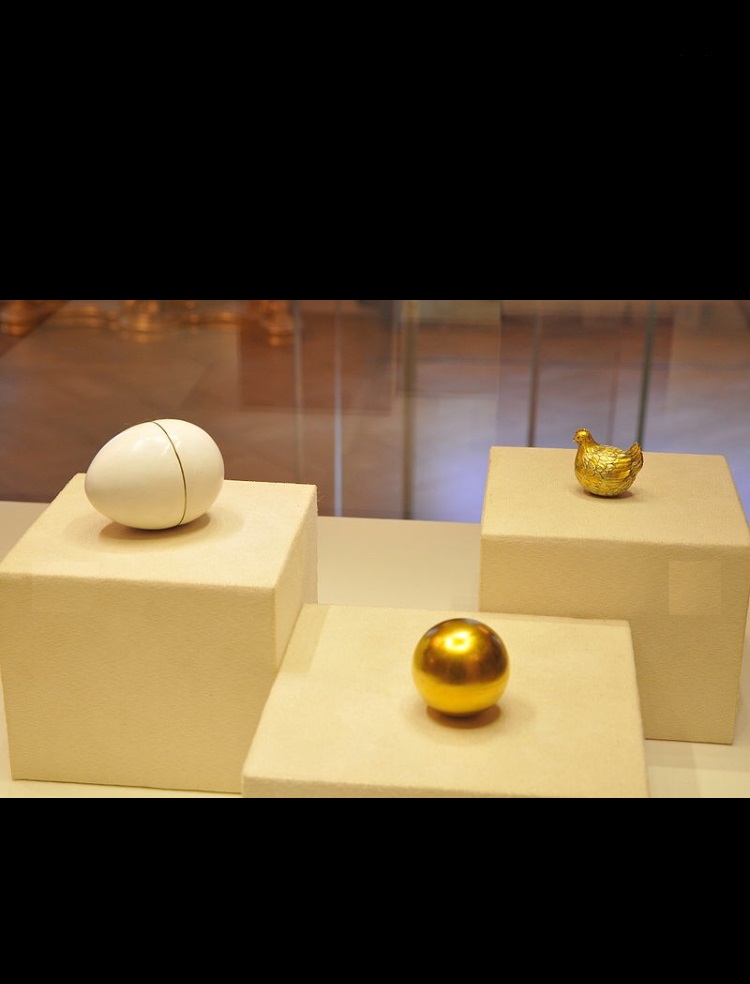
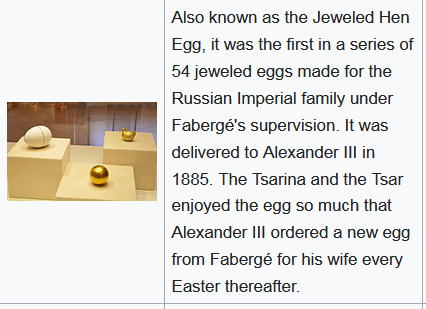
Maria is supposed to have been so delighted by the gift, that Alexander appointed Fabergé “goldsmith by special appointment to the Imperial Crown” and commissioned an egg every year. Fabergé was given every freedom as to the design of future imperial Easter eggs, with the eggs becoming more elaborate with each egg crafted. Not even the Tsar knew what form they would take – the only requirement being that they contain a surprise, and that each be unique.
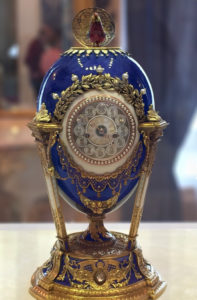
Video on the Russian Revolution and the Fabergé Eggs.
Once Fabergé approved an initial design, a team of craftsmen, among them, Michael Perkhin, Henrik Wigström and Erik August Kollin, carried out the work.
After Alexander’s death, his son Nicholas II presented a Fabergé egg to both his wife, Alexandra Fedorovna and his mother, the Dowager Empress Maria Fedorovna. Records show that of the 50 imperial Easter eggs, 20 were given to the former and 30 to the latter. Eggs were made every year except 1904 and 1905, during the Russo-Japanese War.
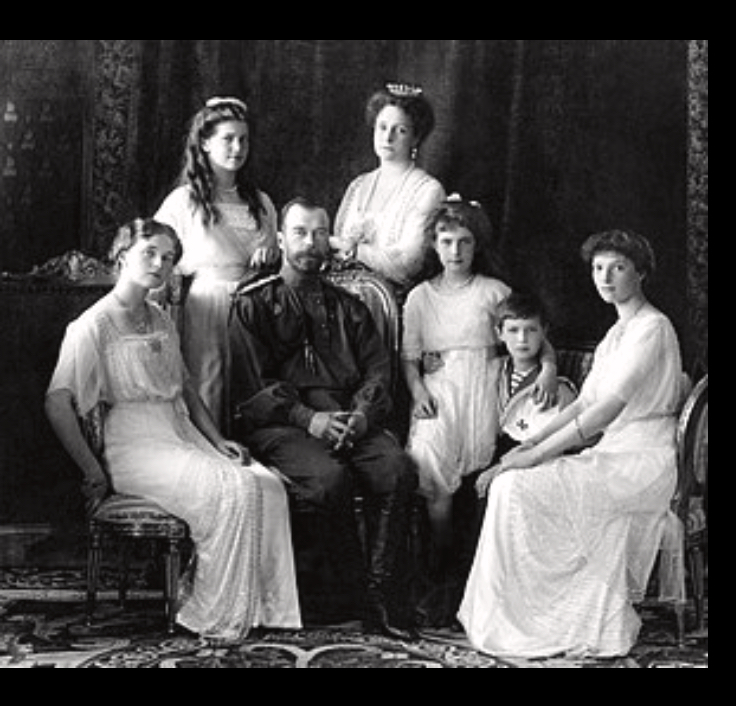
On a different note: here’s a tutorial on making embroidered eggs for Easter. Have fun decorating y’all and enjoy your egg hunts.
Fabergé egg thief.
My own decorations for Easter
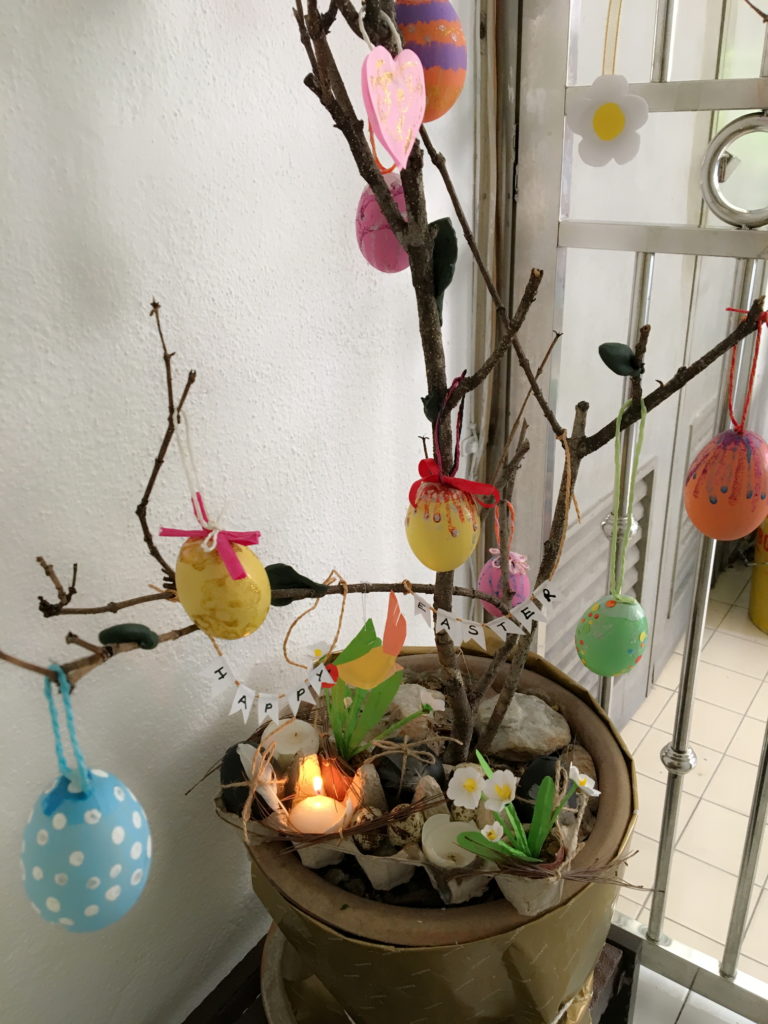
![]()






